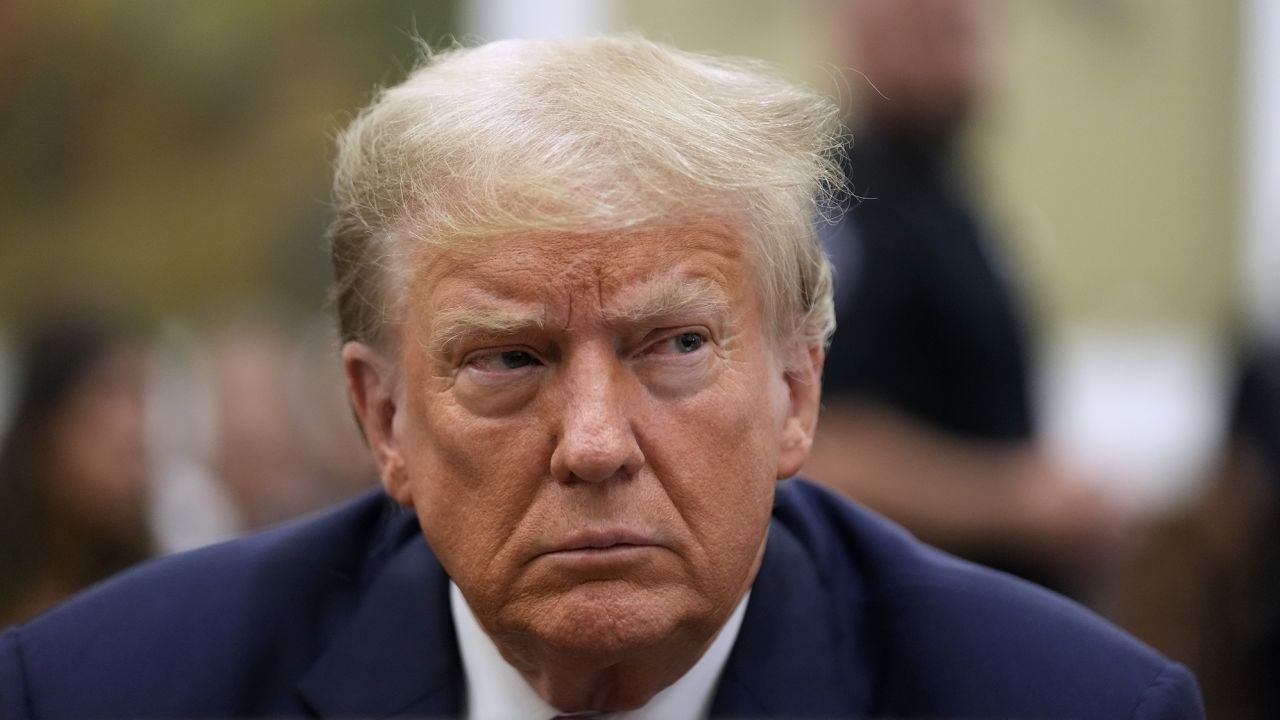
Trump Claims U.S. Strikes Have ‘Completely Destroyed’ Iran’s Nuclear Sites

 :
| Updated On: 25-Jun-2025 @ 1:46 pm
:
| Updated On: 25-Jun-2025 @ 1:46 pmSHARE
In the wake of U.S. air-strikes on Iran’s nuclear infrastructure the previous Sunday, President Donald Trump has doubled down on his assertion that the attacks “completely destroyed” every targeted site, brushing aside a leaked Pentagon assessment that the damage is far less severe.
Three major U.S. outlets—The New York Times, The Washington Post and CNN—reported that the Defense Intelligence Agency’s preliminary analysis found Iran’s underground facilities at Fordow, Natanz and Isfahan largely functional. Quoting officials familiar with the classified document, the stories say most centrifuges survived, enriched-uranium stockpiles remain intact, and Tehran had relocated some material in advance. According to CNN, two individuals briefed on the assessment flatly stated that Iran’s “enriched uranium was not destroyed” and that “the centrifuges were largely intact,” suggesting the strikes may set the program back only a few months.
Trump repudiated that conclusion on his Truth Social account, branding the outlets “fake news” bent on belittling what he called “one of the most successful military strikes in history.” He insisted the sites “are completely destroyed,” telling reporters that the facilities “under rock” were “demolished.” The White House echoed his stance, with Press Secretary Karoline Leavitt dismissing the DIA conclusions as “flat-out wrong.” In a statement to CNN, she argued that dropping “fourteen 30,000-pound bombs perfectly on their targets” leads to “total obliteration.”
Steve Witkoff, the U.S. special envoy to the Middle East, reinforced the administration’s narrative in an interview on Fox News. He contended that at all three sites “most, if not all, the centrifuges” were rendered inoperable, making it “almost impossible” for Iran to revive its enrichment efforts quickly. Citing “raw data,” Witkoff predicted it would take “a period of years” for Tehran to rebuild. He labeled the leak of the Pentagon assessment “treasonous,” calling for an investigation to hold the culprits responsible.
The conflicting accounts highlight a stark rift between the White House and its own defense-intelligence apparatus. Trump’s critics say his insistence on total destruction—despite evidence of only partial setbacks—echoes a pattern of rejecting inconvenient intelligence. Supporters counter that the president and battlefield commanders possess operational details unseen by analysts who compiled the rapid-turnaround report.
At issue is whether the strikes merely bought time or achieved a decisive break in Iran’s nuclear progress. If the DIA’s view proves accurate, Iran could replace damaged equipment and resume enrichment in months. But if the White House version holds, Tehran faces multiyear delays amid the loss of critical hardware and fortified underground halls.
The episode also raises fresh questions about the U.S. chain of information: how a still-classified damage assessment reached the press, the accuracy of battlefield bomb-damage estimates, and the administration’s willingness to square those findings with its public messaging. For now, the world is left with dueling narratives—one of “total obliteration,” the other of limited, reversible disruption—while independent inspectors remain barred from Iran’s most sensitive sites, leaving the true extent of destruction open to dispute.